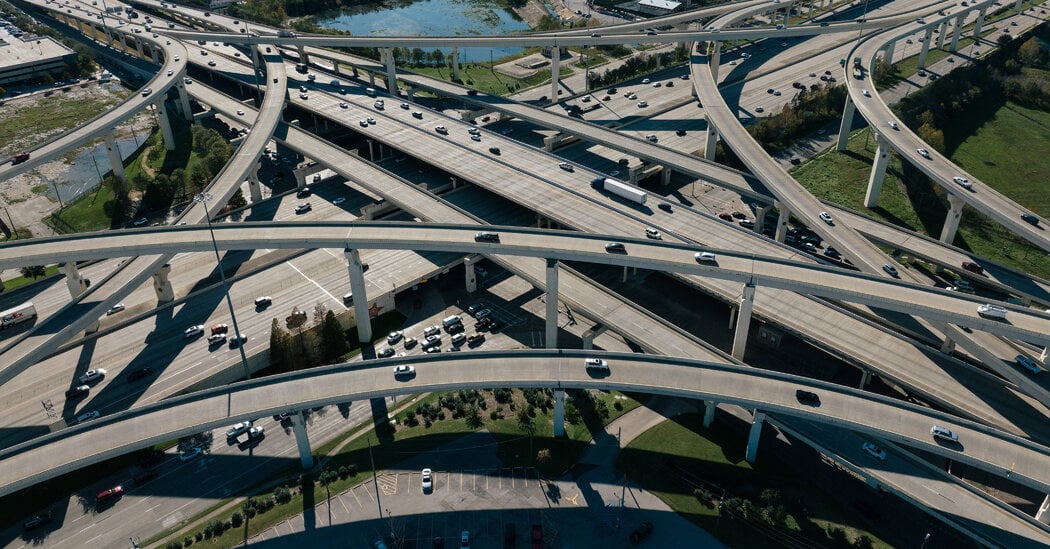For critics of widening projects, the prime example of induced demand is the Katy Freeway in Houston, one of the widest highways in the world with 26 lanes.
Immediately after Katy’s last expansion, in 2008, the project was hailed as a success. But within five years, peak hour travel times on the freeway were longer than before the expansion.
Matt Turner, an economics professor at Brown University and co-author of the 2009 study on congestion, said adding lanes is a fine solution if the goal is to get more cars on the road. But most highway expansion projects, including those in progress in Texas, cite reducing traffic as a primary goal.
“If you keep adding lanes because you want to reduce traffic congestion, you have to be really determined not to learn from history,” Dr. Turner said.



What does modernizing highway infrastructure even mean? I don’t think you could call adding more lanes “modernizing” if you’re being serious. That’s been the blind answer for years but adding more lanes does not solve congestion/demand/whatever you want to call it. It’s not an efficient way to solve the transportation problem. You spend a ton of resources (punishing people bulldozing neighborhoods or with noise pollution, destroying nature, etc) and you still have the same ultimate problem you did before you started, people traveling slowly in a pollution emitting vehicle. So doing both is not even the point when one side of the equation (adding lanes) is a very poor solution. Focus on better solutions like public transportation reaching more people.